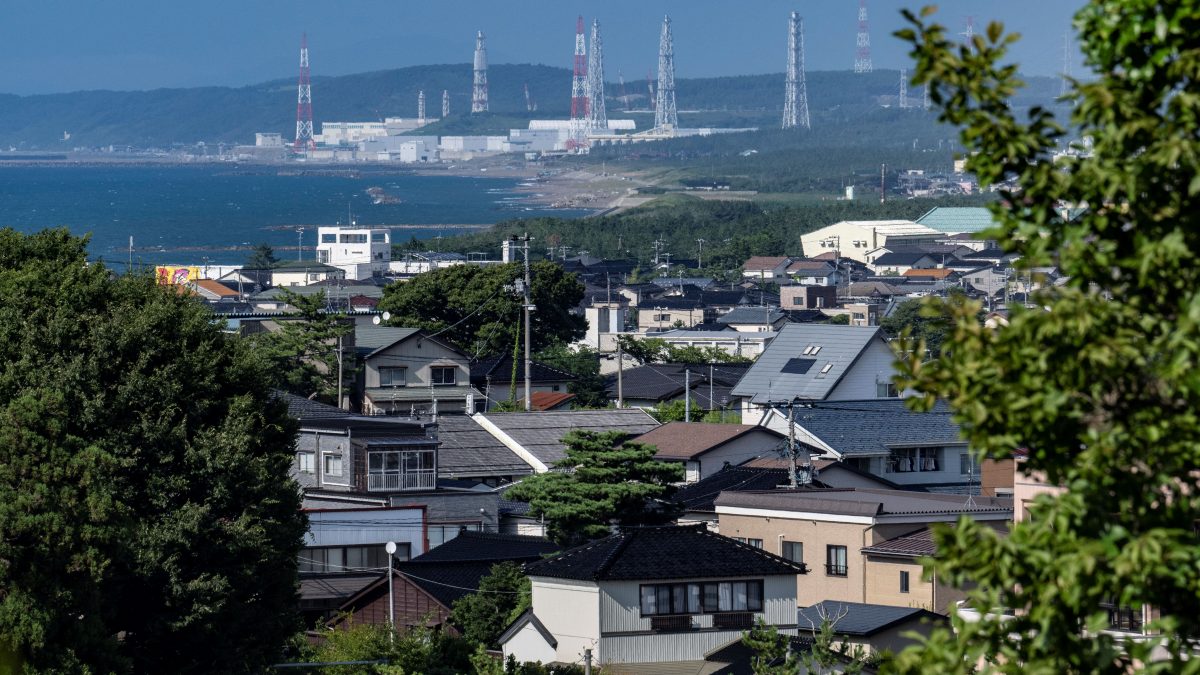A sense of momentum is building around the Kashiwazaki-Kariwa nuclear power complex.
Dormant for over 10 years, the world’s largest nuclear facility—located along the coast of Niigata Prefecture—is now waiting for a decisive green light from the regional governor that would allow it to generate power again.
Such a restart would mark Japan’s clearest move yet toward reviving nuclear energy nearly 15 years after the Fukushima disaster , as the country looks to cut carbon emissions and stabilise its energy supply. But local political resistance has repeatedly slowed attempts to bring reactors back online.
Governor Hideyo Hanazumi has said he will announce his decision “soon,” with some local reports suggesting Friday as a possible date. A cautious and measured figure, Hanazumi has stressed that he intends to weigh “all possible factors” before ruling on the plant’s future.
According to the Nikkei business daily, Hanazumi plans to present his decision to the prefectural assembly when its regular session begins on December 2. Should the assembly back his stance, he is then expected to formally respond to the central government’s request for approval of the restart.
Tokyo Electric Power Company (Tepco), meanwhile, intends to reactivate the plant’s two largest reactors—Units 6 and 7—which together can generate 2,710 megawatts of electricity. The company is also considering retiring some of the other five reactors at the site.
Kashiwazaki-Kariwa’s overall capacity stands at 8,212 MW.
In October, Tepco completed inspections of the No. 6 reactor following fuel loading, saying it had verified that the key systems needed for startup were functioning normally.
Quick Reads
View AllThe utility has also previously committed 100 billion yen ($644 million) in community support funds in an effort to build local backing for the restart, something it has pursued for years despite pockets of resistance.
If given the go-ahead, the move would align with new Prime Minister Sanae Takaichi’s strategy to accelerate nuclear restarts as part of a broader plan to fortify Japan’s energy security.
Bringing part of the Kashiwazaki-Kariwa plant back to life would also help reduce Japan’s spending on liquefied natural gas, crucial for the world’s second-largest LNG importer after China, as the government focuses on easing cost-of-living pressures.
So far, Japan has brought 14 reactors back into operation under post-Fukushima safety standards. As of late October, 11 of those were active, providing a combined 10,647 MW—a stark contrast to the 54 reactors in service before the 2011 disaster.
The potential restart of Unit No. 6 at the Kashiwazaki-Kariwa nuclear plant early next year is set to significantly reduce Japan’s need for liquefied natural gas (LNG). “If Unit No. 6 is restarted early next year, it may displace around 1 million tonnes of LNG demand from Japan next year,” said Go Katayama, an analyst at data and analytics company Kpler, to Reuters.
For the operator, Tepco, the restart is also a major financial boost.
Following years of large compensation payouts related to the 2011 reactor accident, the company has said that bringing just one reactor at the Kashiwazaki-Kariwa plant back is expected to boost its annual net profit by 100 billion yen ($644 million).
)